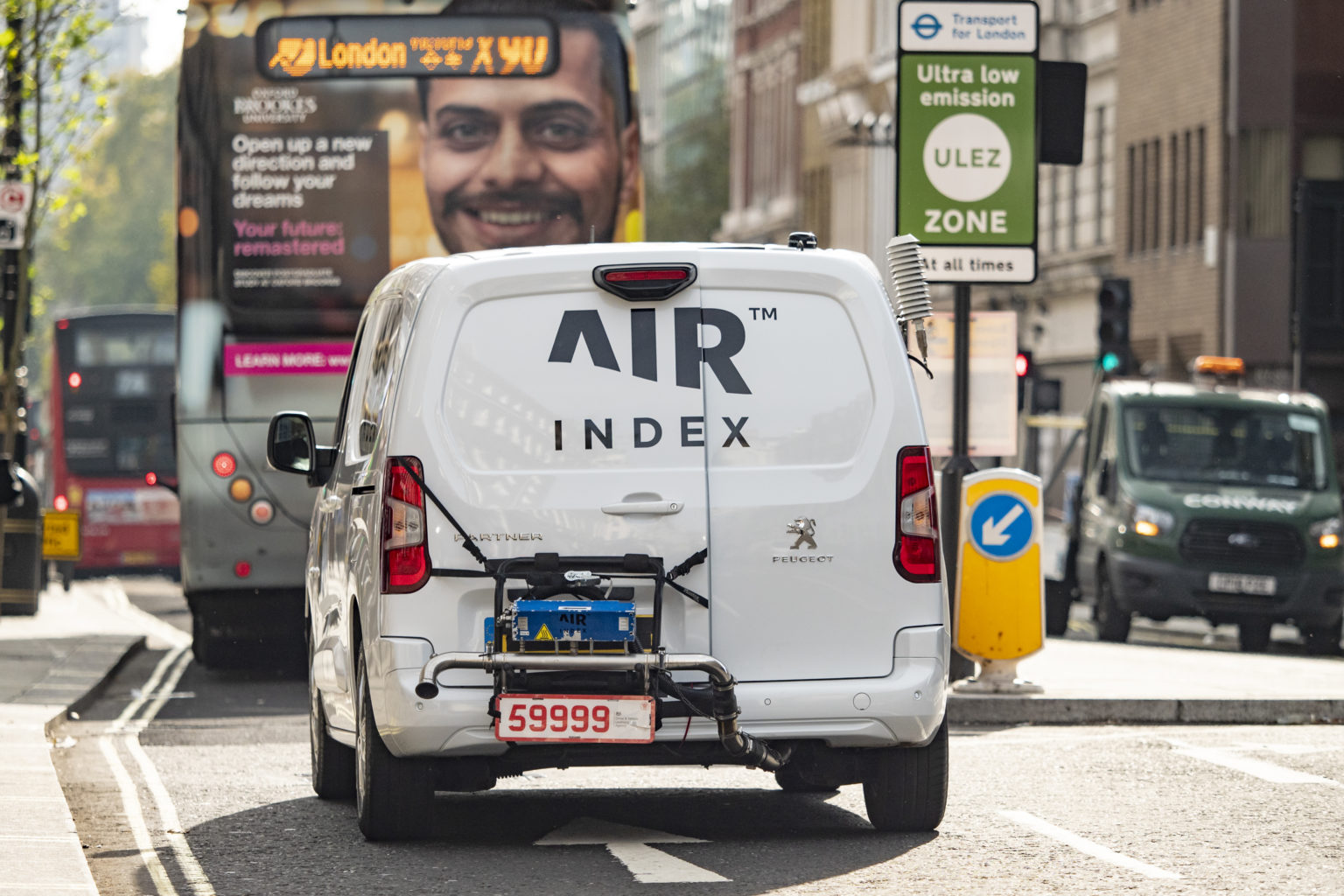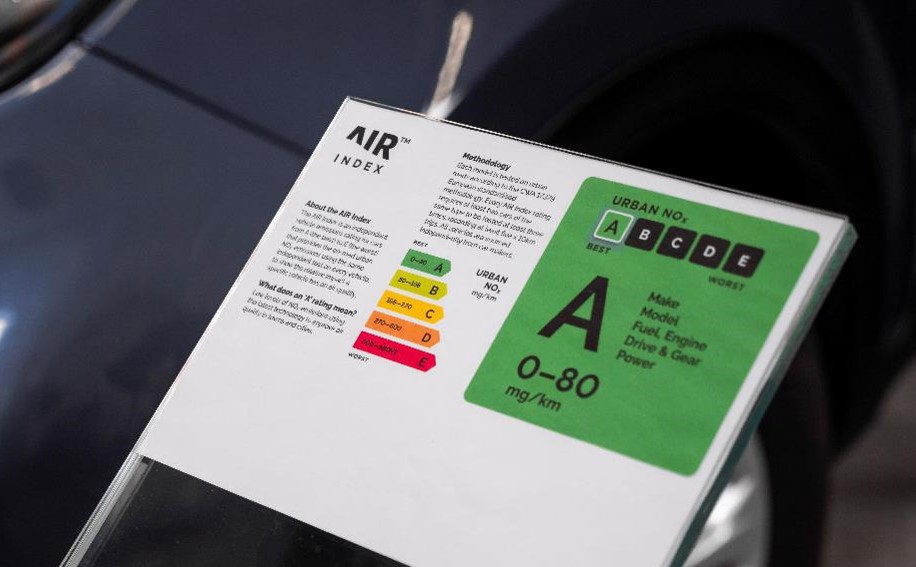The AIR Index: A complete air quality solution
The AIR Index has been developed to provide all of the tools required by key stakeholders to improve urban air quality.
A complete air quality solution
We should be using the cleanest cars and vans available to address the problem of poor air quality and greenhouse gases, but it’s hard to make choices with so many confusing messages about NOx and CO2.
Vehicles should be fitted with the most effective ventilation and filtration systems to reduce exposure to harmful pollutants, but the air quality inside cars and vans is unregulated. Drivers and passengers are unaware of the effectiveness of the systems in their vehicles.
Cities and governments need to create policies which will quickly improve air quality and minimise the impact on road users, inside and outside the vehicle.
The AIR Index has been developed to provide all of the tools required by key stakeholders to improve urban air quality.
What is the AIR Index?
Clear and transparent emissions information.
AIR Index ratings provide clear and transparent emissions information when choosing a car or van based on data collected during real-world urban driving; the NOx emissions which affect air quality, the CO2 produced by the vehicle which contributes to global warming and the effectiveness of the ventilation system and filter to protect vehicle occupants from exterior pollution.
Ratings for each AIR Index range from A (the best) to E (the worst) using the latest measurement technology in repeatable tests.
What makes the AIR Index different?
The AIR Index stands out from other standard tests because car and van makers cannot develop emissions systems or ventilation strategies just to pass a test. The vehicles must hold up under real world use.
The AIR Index offers a comprehensive solution for towns and cities to create fair and robust emissions policies, built on independent NOx and CO2 emissions tests that are the basis for a legal framework.
- A standardised framework for the independent vehicle emissions tests using CWA 17379.
- The AIR Index ratings of urban NOx and CO2 emissions for vehicles from A (the best) to E (the worst) in a searchable database.
- A labelling scheme to enable a single, Europe-wide city access for vehicles with one badge.
- A certificate of urban NOx and CO2 performance available for every vehicle rated in the AIR Index.
- A database of vehicles showing the AIR Index ratings and whether vehicles would be allowed access to towns and cities with a NOx limit of 270 mg/km.
- Marketing and communications materials to inform car buyers at point of sale both online and in retail stores.
How is the AIR Index for tailpipe emissions calculated?
At least two different cars and vans of each model, sold and on the road, sourced independently from the vehicle makers are tested. The test is formed of a scientifically robust programme of on-road trips, analysis and finally a score which is grouped into a simple rating from A (the best) to E (the worst).
The difference between the AIR Index and other standards such as Euro 6 and WLTP is that the vehicle makers cannot develop a car or van’s emissions system just to pass a test.
Check your car or van tailpipe emissions rating using the AIR Index
You can discover the actual emissions produced by your car using the AIR Index checker – it’s free and available now.
How is the AIR Index for vehicle interior air quality calculated?
Data is collected using the CWA 17934 methodology, which requires at least three separate tests of at least 30 minutes each in real-world driving between 30 km/h and 50 km/h to be conducted on each vehicle. The ventilation system is set to ‘fresh air’ mode with the air conditioning turned off and temperature set to 19°C in either automatic mode or fan at 50% speed. The Cabin AIR Index is a ratio of the number of particles inside to outside, grouped into a simple rating from A (the best) to E (the worst).




